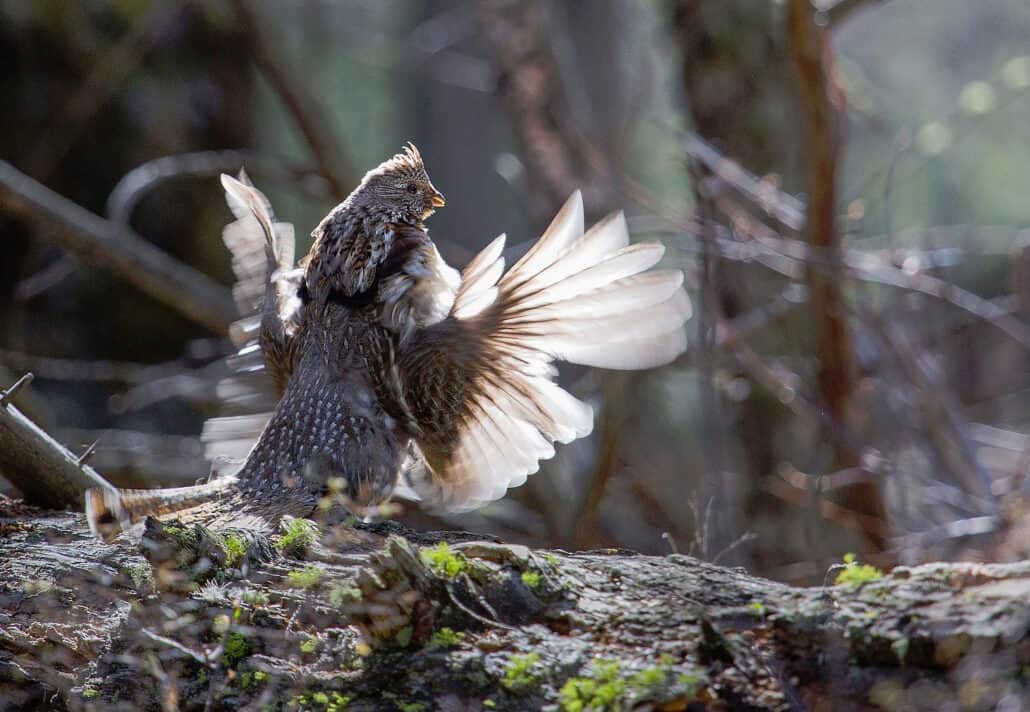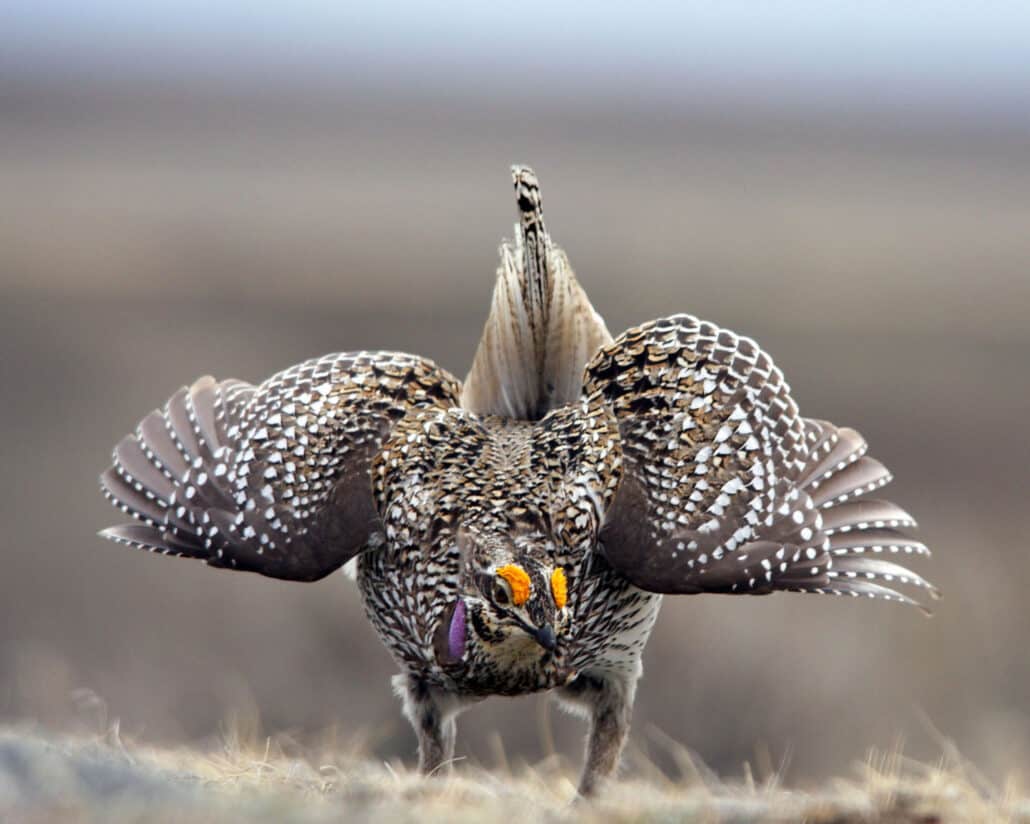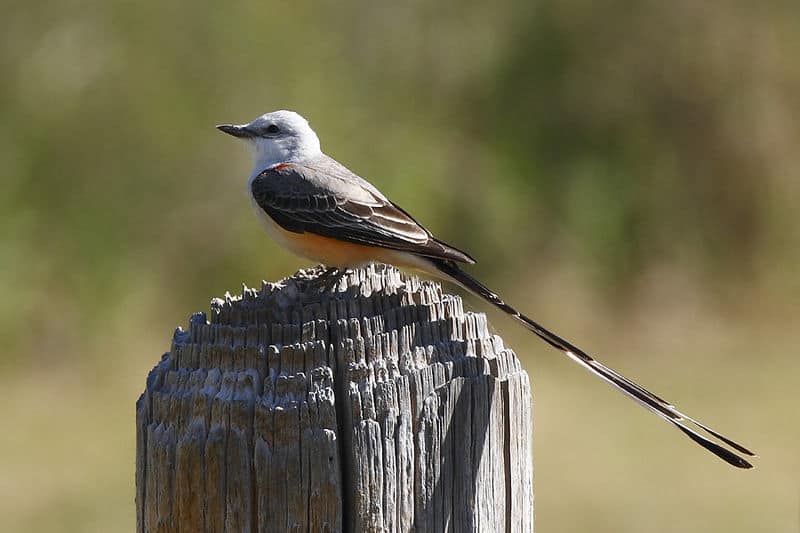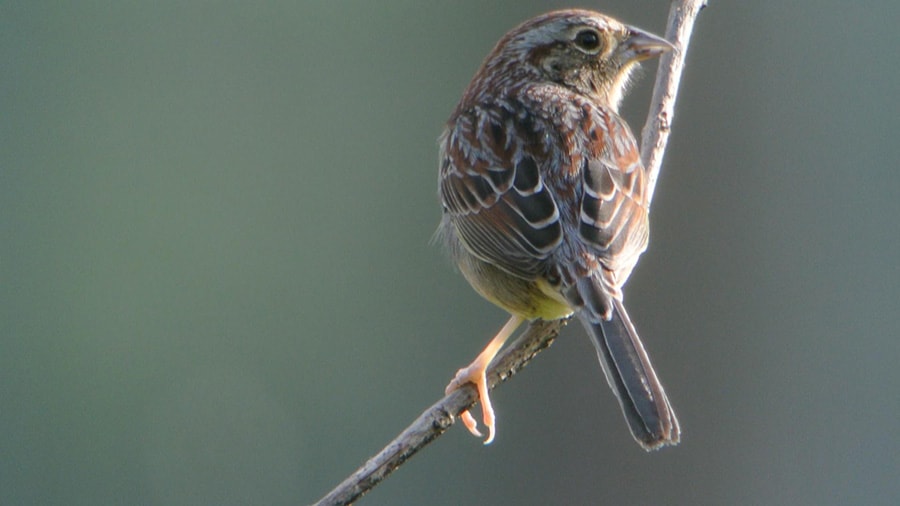At three times the size of Texas, Quebec borders New York to the south, and extends north nearly to the Arctic Circle. Although it is the second-most-populous province in Canada, its population is concentrated in the south, especially along the St. Lawrence River. Farther north, much of this vast land is remote, wild, and difficult to reach. Dotted throughout are small towns, interspersed among an estimated half-million lakes and 4,500 rivers. An estimated twelve percent of the surface of Quebec is fresh water.
Quebec’s two major topographic regions, the St. Lawrence Lowland in the south and the Canadian Shield in the north, are vastly different. From north to south, Quebec encompasses Arctic tundra, subarctic taiga, boreal forest, and deciduous forest. The Atlantic Coast enjoys a maritime climate. The St. Lawrence River and Seaway open into the world’s largest estuary, and provide a corridor for birds migrating between the Atlantic Ocean and the Great Lakes.
French is the official language of the province, and tracking down birding information for Quebec can pose a language barrier. The province boasts 450 bird species, and like the human population, the density of birding hotspots and eBird reports come from the most accessible southern region of the province.




